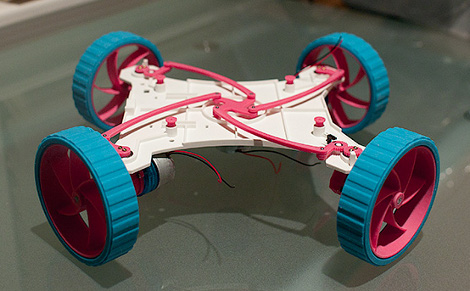
As you may recall, many of us here at Hackaday are big fans of any activity involving robot competitions. One of the better known events that fits that description would be the Robogames, an international event where robots can compete in 50 different events. Granted, not all of them are as visually exciting as the ball of fire and twisted steel shown above, but they are interesting nonetheless. The event is happening this weekend, April 20th, in San Mateo California. Unfortunately, none of the Hackaday staff will be able to make it this year, but we’re really looking forward to seeing all the cool pictures that seem to flow out of the event.
If you happen to make it to the event, we’d love to see your pictures and videos.
Join us after the break for a short video that gives a taste of what the games are like.










Recent Comments